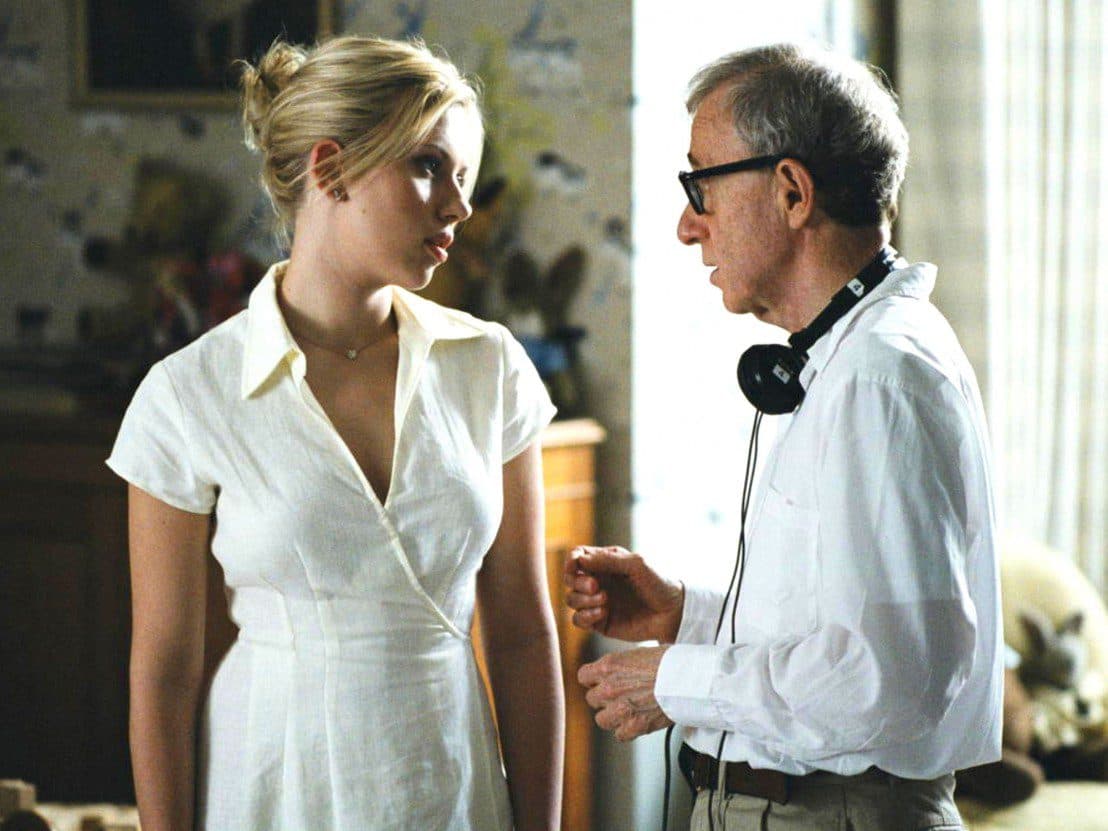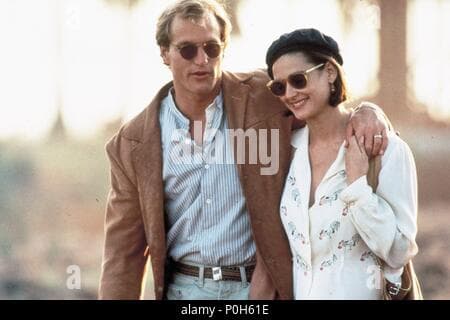Fort Apache: More Than Just a Movie Title – Unpacking the Layers of a Name
Ever heard the name "Fort Apache"? It has a Western movie vibe, right? But it's more. "Fort Apache" is like a Swiss Army knife of names. It has layers, each with its own story. We’ll explore movies, history, and some gritty tales from New York City. Buckle up for a different journey.
I. Fort Apache: The Bronx – When Hollywood Met the Mean Streets
Let’s start in the concrete jungle, not the Wild West. "Fort Apache, The Bronx" is a 1981 movie with Paul Newman. It throws you into the South Bronx during the late 70s. This flick isn’t feel-good. It’s raw and gritty, like a New York sidewalk in July.
The film has real roots. It’s based on actual experiences of two former NYPD officers. One was Tessitore, a brave soul, the other unnamed. Their day-to-day lives inspired Murphy, Newman's character, who exuded swagger.
Filmmakers sought authenticity. They didn’t just build a set. They filmed exteriors in the actual Bronx. They set up at the 42nd precinct on Washington Avenue. You can almost smell the city air just watching.
But Hollywood still needed studio magic. While outside scenes were authentic, many interiors were made at Kaufman Studios in Astoria, Queens. Think of it as the film's backstage pass where vision came alive.
Here’s a cool detail: not all interior scenes were made in studios. Some were filmed inside the real 41st station house at 1086 Simpson Street. They blurred fiction and reality for the true "Fort Apache" feel.
Who wrote this Bronx tale? None other than Heywood Gould. Remember him. He penned the screenplay that breathed life into "Fort Apache, The Bronx," capturing the era's tension.
Eager to see this urban Western? You can find "Fort Apache, The Bronx" on HBO Max. Grab your popcorn and enjoy a unique take on the Bronx.
II. Fort Apache: From Reel to Real History – The Original Military Outpost
Now, let's rewind time and head West, far from New York's skyline. Before it was a movie, "Fort Apache" was an actual fort. We refer to Fort Apache Historic Park in Arizona, rich with Native American and U.S. military history.
Geographically, Fort Apache is not randomly located. It's in the southern part of the Fort Apache Indian Reservation, about four miles south of Whiteriver, the reservation's capital. It’s just east of Arizona State Route 73. Mark this for a historical road trip.
Let’s check origins. This fort wasn’t just built on a whim. Fort Apache, known as Camp Apache originally, started in 1870. This came from White Mountain Apache leadership. A piece of history with cooperation from the start.
Why build a fort here? In the 1870s, the U.S. Army wanted to “settle the West.” Part of that involved dealing with “renegade Apache bands.” The 7,500-acre Fort Apache Reservation was key for U.S. Cavalry operations against Apache resistance. Tough times and complex history came together.
Today, Fort Apache is no longer a military base. It’s now Fort Apache Historic Park where you can find 27 historic buildings and ruins centering around the fort's old parade ground. Imagine what those grounds could tell!
Here’s a twist: education thrives at Fort Apache now. Some old fort buildings are home to a middle school. Talk about immersive learning in a living museum!
And yes, you can visit! Fort Apache Historic Park welcomes visitors for self-guided tours. Grab a map at the museum and explore nearly 30 buildings from the 1870s to the 1930s. It’s a self-paced adventure through vital American history at the base of a canyon. If you're in Arizona, Fort Apache Historic Park awaits.
III. The Apache People: More Than Just "Renegades" – A Deep Dive into Culture and Resilience
It’s hard to discuss "Fort Apache" without mentioning the Apache people. They're central to history and the name itself. Forget Hollywood stereotypes for a moment. Let's explore who the Apache are, their rich history, and unique way of life.
Historically, Apache homelands were wide-ranging and varied. This land included eastern Arizona, northern Mexico (Sonora and Chihuahua), New Mexico, West Texas, and southern Colorado. These were people who thrived in diverse environments.
The Apache were not a settled agrarian society. They were nomadic, closely linked to the buffalo. Buffalo were vital, used for clothing, tents (tipis or wickiups), and food. It was central to their existence.
However, their diet wasn’t only buffalo. They skillfully foraged over 200 documented wild plant species—greens, seeds, nuts, fruits, roots, tubers, and minerals. Local and seasonal eating? The Apache excelled long ago!
The Apache did practice some agriculture but less than other tribes. Their crops included various corn types, some squash, and beans. These complemented their foraging and hunting lifestyle.
Language plays an essential role in culture, and the Apache speak an Athabaskan language. This linguistic link is intriguing; Athabaskan languages originated from northwestern North America. Think about that journey—roots reaching from north to the Southwest.
The Apache weren't just one tribe; they were groups and bands connected by shared culture. Today, we often refer to the Mescalero Apache Tribe, which comprises three sub-tribes: Mescalero, Lipan, and Chiricahua. Together they share a common heritage.
And where do they live today? The Mescalero Apache Tribe resides ...
on the Mescalero Apache Reservation. This reservation is significant. It spans 463,000 acres. It lies in the heart of their ancestral land. This reflects their resilience and connection.
IV. Fort Apache (1948 Film): Hollywood's First Steps Towards Sympathy
Let’s return to movies from 1948. Before "Fort Apache, The Bronx," there was the original "Fort Apache." This classic Western film was directed by John Ford. It stars John Wayne and Henry Fonda. True legends of cinema.
“Fort Apache” had a deeper story. It was based on “Massacre” by James Warner Bellah, published in 1947. This literary work gave life to the film.
This film is crucial in film history. It's one of the first Westerns portraying Native Americans with sympathy. In a genre known for villainous depictions, “Fort Apache” strived for a nuanced view. It offered a new perspective on Native Americans, even if still from a specific viewpoint. Baby steps, but steps.
V. 41st Precinct: "Fort Apache" in the Urban Jungle – Nicknames and Hard-Earned Monikers
Now, let’s shift back to New York City to explore another facet of the “Fort Apache” tale. We touched on the movie set in the Bronx. The nickname "Fort Apache" predates this film. It refers to the 41st Precinct of the New York Police Department.
How did a Bronx precinct acquire a Wild West name? Let’s travel back five decades. Officers at the 41st felt like they were frontline soldiers. They saw their stationhouse as "the only haven in a hostile part of the Bronx." This name, "Fort Apache," reflected their tough environment.
Where was this "Fort Apache"? The old 41st Precinct stood at 1086 Simpson Street in the Bronx. If you wander there and find that address, you stand at the legendary "Fort Apache." It is beyond an address; it symbolizes that specific era and urban policing style.
VI. Fort Apache – The Extended Universe: Bits and Pieces of Related Lore
The “Fort Apache” story goes beyond movies and precincts. There are additional fascinating facts that enhance this multifaceted name.
Ever heard of Corriganville? Movie buffs know this spot as a filming landmark. Corriganville was created by actor Ray "Crash" Corrigan in the 1930s. There was a "Fort Apache" set there! This name wasn't just associated with one film; it was a theme in Hollywood's Western landscape. Corriganville attracted many tourists, especially with the "Fort Apache" set as a highlight before the 1970s.
For history enthusiasts, here’s an interesting fact: there was a real Battle of Fort Apache. It occurred on September 1, 1881, at Fort Apache in Arizona Territory. The U.S. military battled the Apache. The outcome? A U.S. victory. This battle is significant in the context of Apache Wars and American West history.
Lastly, returning to “Fort Apache, The Bronx” and its setting. The movie unfolds in the South Bronx. But what is the South Bronx? It includes neighborhoods in the borough's southern section. Areas like Concourse, Mott Haven, Melrose, and Port Morris are part of it. These neighborhoods formed the gritty backdrop for “Fort Apache, The Bronx.” Understanding this geography adds depth to the film’s context.
In summary, “Fort Apache” is a rich narrative. From films to battlefields, from the Wild West to urban streets, it resonates across various cultures and eras. This name embodies history, culture, and cinematic tales within just two words. Use your newfound "Fort Apache" knowledge to impress your friends!













Responses (0 )